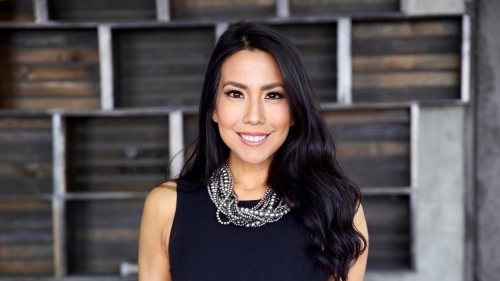
“There’s this phenomenon in the field of education, wherein new policies and programs tend to generate a lot of excitement. They prompt media attention, public praise, and the hopes of many seeking the silver bullet. But when policies and programs don’t turn out exactly how we expected, attention fades, donors walk away, and the opportunity to learn from what we’ve done is lost. I’d like to posit that we don’t stop long enough in these cases to understand what might be useful to districts, schools, and educators. Rather we move on to the next policy, the new administration, or the current crisis. But with something as important as education—as the experiences, lives, and outcomes of our students—this pattern has real costs. And the costs are borne by the communities we intended to serve in the first place. This is why I wrote this book: so that others committed to improving outcomes for Black and Brown boys and other historically marginalized students could learn from what happened in New York City and apply these lessons in their own contexts.”
– Dr. Adriana Villavicencio, UC Irvine, Former Deputy Director of the Research Alliance for NYC Schools
Adriana Villavicencio’s new book, Am I My Brother’s Keeper?, offers powerful insights into the challenges of implementing large-scale educational change. Drawing on the Research Alliance’s four-year study of the Expanded Success Initiative (ESI), which aimed to improve the educational outcomes of 15,000 Black and Latinx males in NYC public high schools, the book examines what worked, what didn’t, and what we can learn from the experience.
The ESI model, a precursor to President Obama’s My Brother’s Keeper, highlights the ways that school districts can embed educational equity into the principles and policies that guide their work with students, in contrast to implementing stand-alone initiatives that may come and go. Through the voices of students, teachers, and administrators, the book informs the implementation of other large-scale district-community partnerships designed to improve opportunities and outcomes for young people who have systematically been denied both. Most critically, the book provides policy, practice, and research recommendations to inform the next generation of work with this student population.
Watch a video presentation of Villavicencio’s findings, with an introduction by Richard Arum and a Q&A with Douglas M. Haynes.
My Brother’s Keeper is published by Harvard Education Press.

